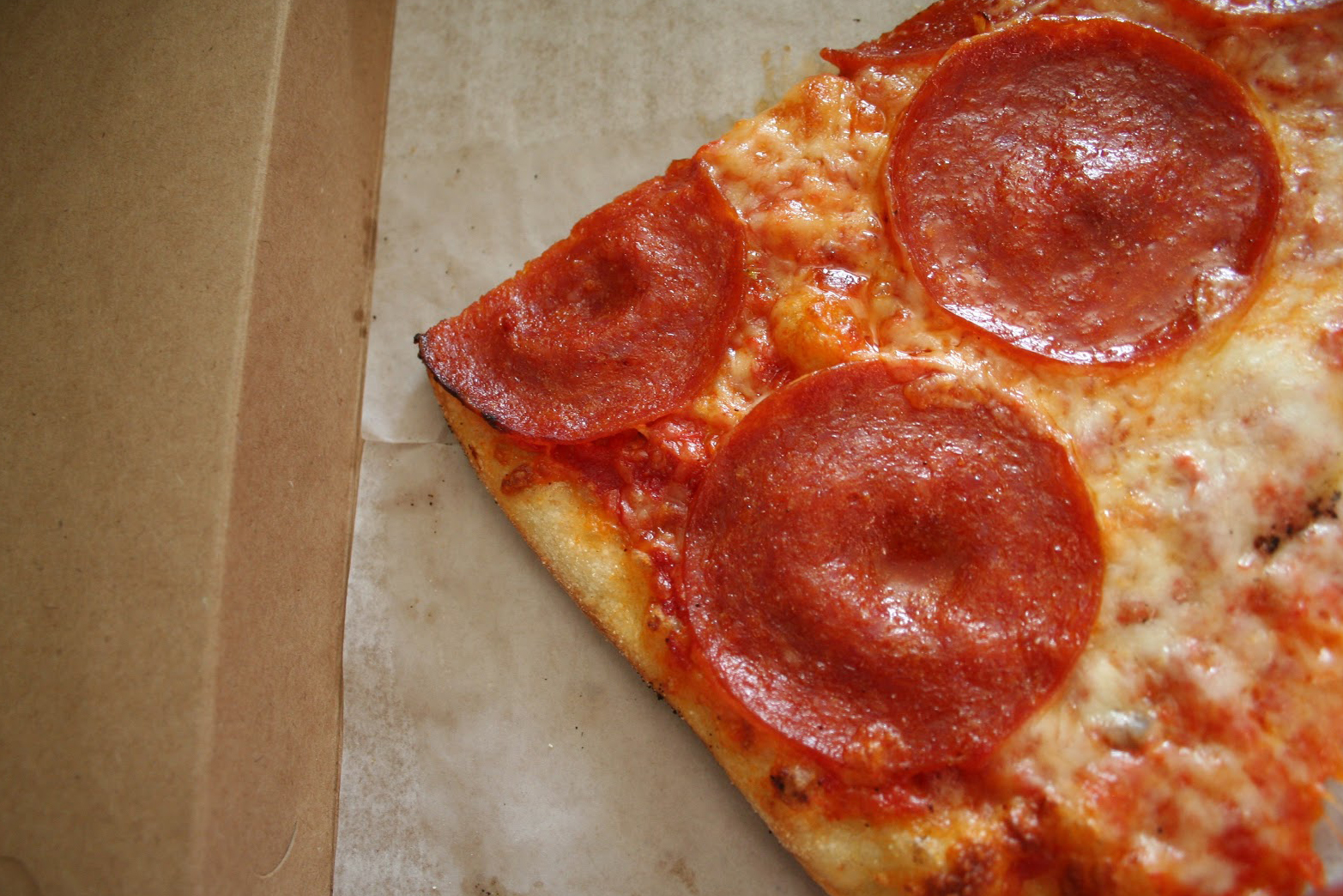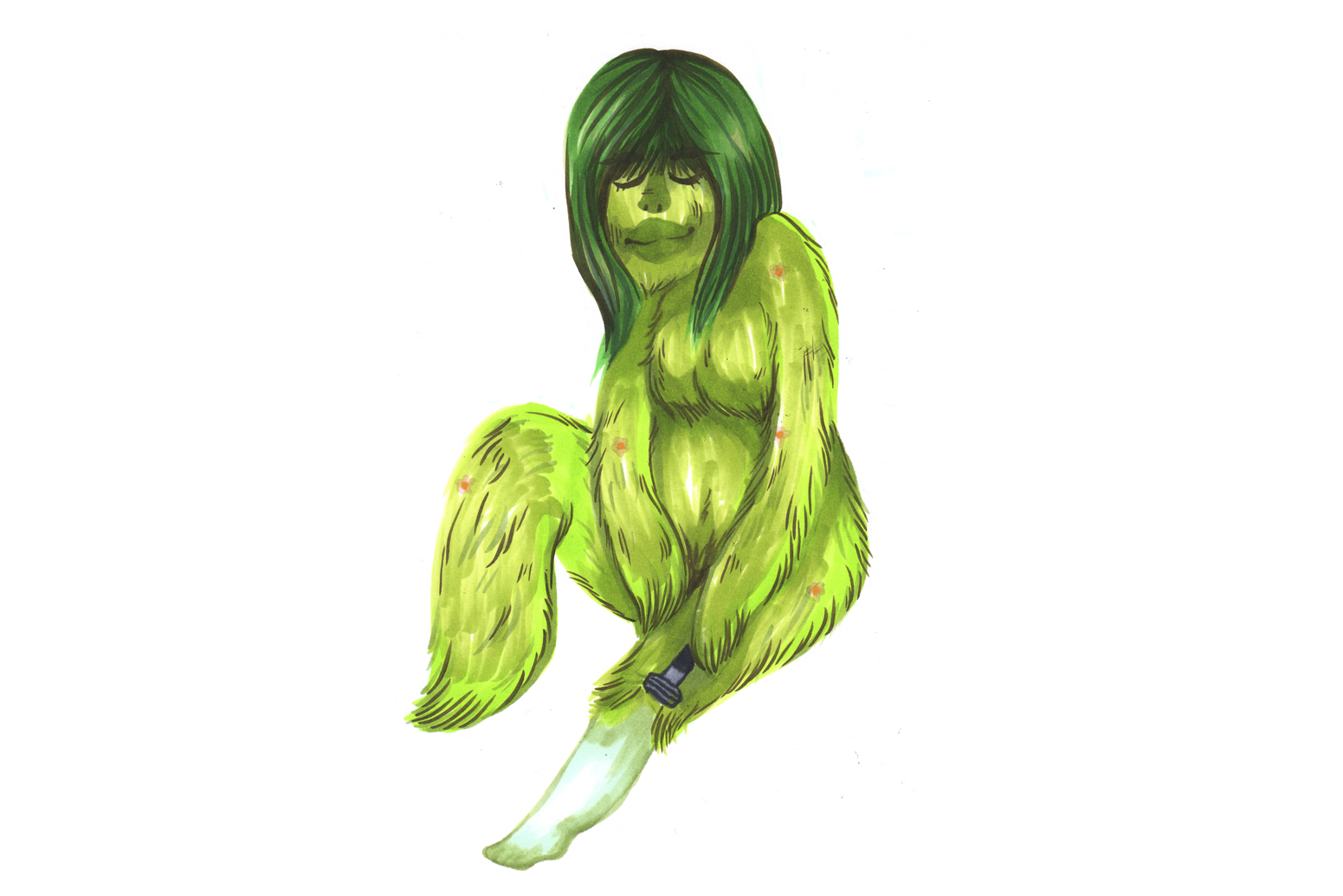Pizza Week has come and gone, and for a brief moment the city of Portland was graced with a variety of innovative and unusual creations, all roughly categorized as pizza.
The Portland Mercury hosted the citywide event. A total of 31 pizzerias contributed one-of-a-kind entries—pizzas with no history or prior records.
They have never been seen before and may never be seen again. It was a week that attempted to systematically deconstruct the very idea of pizza itself, to challenge our assumptions of what pizza is and can be. Perhaps the most important thing about Pizza Week is what it can teach us about pizza as a concept, pizza as a category of food.
We saw pizza infused with ginger ale (Hot Lips’ “Glazed and Infused”), pizza with beer-infused liquid cheese as a sauce (Old Town Pizzeria’s “The Balleluja”), pork nacho pizza (Pizza Schmizza’s “Nacho Porko”), pizza using spicy brown mustard as a base (Bella Faccia Pizza’s “She Bangs”), and so on.
Notably, there was no reasonable way to sample all of them: One had to prioritize. So in the interest of full disclosure, I did not try all of the pizzas offered—or anywhere close to all of them. I tried precisely seven. But I maintain this was enough to gain some necessary perspective on what pizza has become in the 21st century.
Full disclosure part 2: I grew up in the Chicago area, which means I have very strong opinions about pizza, whether thick crust or thin. We take our cheese-laced carbs very seriously in the Midwest. It is how our people survive the winter.
We must begin with a necessary query: What is pizza? Think carefully. Most people say something like, a flatbread topped with marinara, cheese and toppings, cooked in the oven at high temperatures. And yet it is exactly this sort of paradigm that Pizza Week seeks to deconstruct.
Bella Faccia Pizza’s “She Bangs” used a spicy brown mustard as its base. No tomato-based sauce. Mississippi Pizza Pub’s “Buddha Pesto,” meanwhile, was a vegan pizza that featured no cheese, only roasted red peppers, onions and artichoke hearts marinated in pesto and oil.
If this isn’t complicated enough, consider the following: Some pizzas crossed over into other meals (Hammy’s “The Brekkie,” a breakfast pizza), while others mixed cuisines from all over the world. We had French cuisine (the beer-infused bechamel sauce of Old Town Pizzeria’s “The Balleluja”), Mexican (Pizza Schmizza’s “Nacho Porko”), Spanish (Straight From New York’s “The Spanish Bomb”), Asian (the toppings of Hot Lips’ “Glazed and Infused”) and Southern barbecue (Atlas Pizza’s “Whiskey-Soaked Smoked Brisket Pizza”).
We now live in a world where anything is considered pizza. Which is to say, if everything is pizza, then nothing is pizza. It has ceased to have a universally accepted definition.
Blame it, perhaps, on the lack of a West Coast pizza tradition (as opposed to the fierce regional battles of Chicago vs. New York, both clearly defined methodologies of pizza construction) or on ambitious chefs and restaurateurs trying to outdo each other in the citywide culinary arms race (a city home to a local brewery that features “house-made Cheese Whiz” on the menu, for example. I’m not making this up).
Perhaps no blame needs to be assigned at all. Perhaps we, as a civilization, have simply evolved beyond fixed categories of pizza. We may be ready to accept that pizza itself is just a construct, something used by society to divide us as a people. Or the Universe may be in chaos and we can just do whatever.
Whatever position you decide to take on the issue, you can likely find some pizzeria in the city willing to take you up on it. At this point, you can probably just define it whatever way works best for you. I certainly won’t try to stop you.






